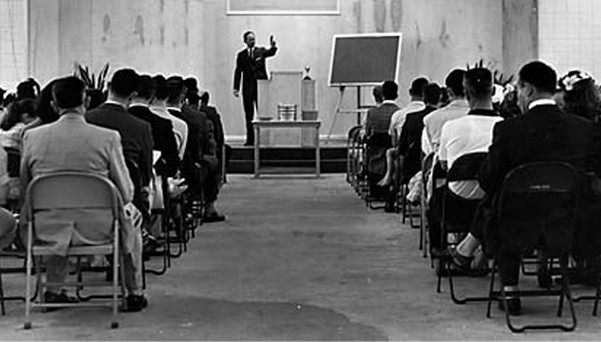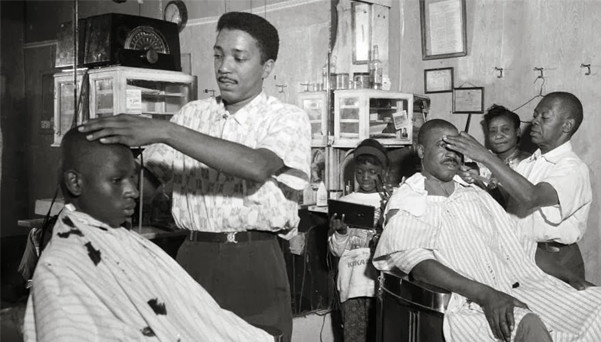The Black Church

As Neal argues in the Introduction, the Black church was the first and most important venue for the emerging Black Public Sphere (BPS).
In the days after slavery and before the Great Migration of the 1920s, African American communities were overwhelmingly Southern and segregated. The BPS emerged within local venues that fostered face-to-face communication.
The Church, continued
 What was said from the pulpit was important, but so was the broader culture fostered by the church
What was said from the pulpit was important, but so was the broader culture fostered by the churchUnion halls, fraternal orders, etc.
 Though less so than the church, other institutions and organized venues also were important places that African Americans gathered to discuss issues vital to themselves and their communities.
Though less so than the church, other institutions and organized venues also were important places that African Americans gathered to discuss issues vital to themselves and their communities. Barbershops, beauty salons, etc.
 Informal venues were even more crucial.
Informal venues were even more crucial.The Black Public Sphere, today: The Church
 The church's role continues today, but it is much diminished by the dispersion and stratification of the Black community.
The church's role continues today, but it is much diminished by the dispersion and stratification of the Black community.
Dispersion: African American migration to the North and West made it much more difficult to maintain a sense of community and common culture via face-to-face interactions.
Stratification: After the Civil Rights era, the division among social classes within the community took on new importance. A narrow segment was able to take advantage of opportunities to work and live outside of Black communities.
The Mass Media

After the Great Migration, the mass media became important venues for a nationwide BPS.
The "juke joint" was originally a site to socialize and enjoy live, local music. The invention of the phonograph record and the juke box changed this space. Suddenly people throughout the country were dancing to the same records, and a national culture began to form.
Marvin Gaye, What's Going On, 1971
 As Neal argues in chapter 2, a host of brutal challenges hit Black communities in the 1970s, including government repression, deindustrialization, and "Black Flight"--the movement of middle-class African Americans out of the inner cities and into the suburbs. Neal argues that Marvin Gaye and many other artists responded directly to these challenges in their music. This album, for example, represents a pinnacle of recorded music's ability to enact and sustain the Black Public Sphere.
As Neal argues in chapter 2, a host of brutal challenges hit Black communities in the 1970s, including government repression, deindustrialization, and "Black Flight"--the movement of middle-class African Americans out of the inner cities and into the suburbs. Neal argues that Marvin Gaye and many other artists responded directly to these challenges in their music. This album, for example, represents a pinnacle of recorded music's ability to enact and sustain the Black Public Sphere.
Marvin Gaye's "Star Spangled Banner" opens the NBA All-Star Game in Detroit, 1983 (Neal 71-72)
Radio

Nicki Minaj gets political (on a radio talk show)
If you want to enjoy our culture and our lifestyle, bond with us, dance with us, have fun with us, twerk with us, rap with us, then you should also want to know what affects us, what is bothering us, what we feel is unfair to us. You shouldn’t not want to know that.
Hip Hop: Music and Movies in the 1990
Public Enemy and films like Boyz in the Hood are great examples, and we will talk in depth about them later.
Social Media

Beyoncé at the Superbowl, Kendrick Lamar at the Grammys
Are we entering another period (like the 1960s and 1970s) when political discourse finds important expression in the popular, recorded music of the Black Public Sphere?
